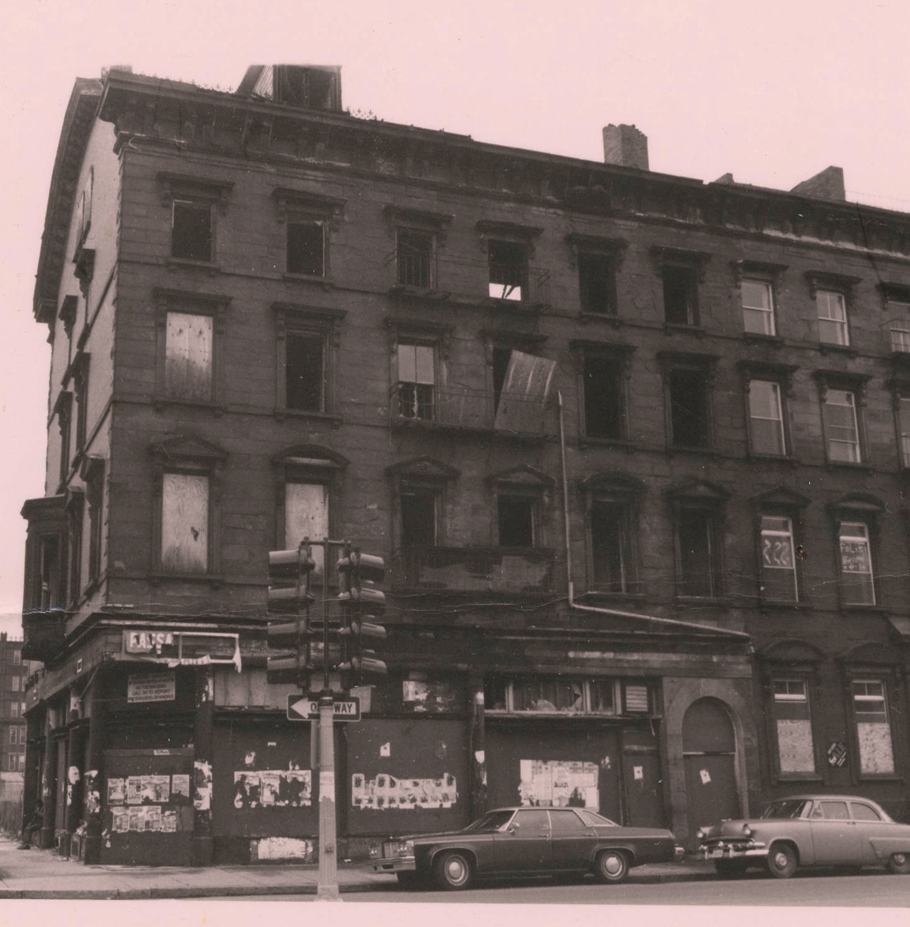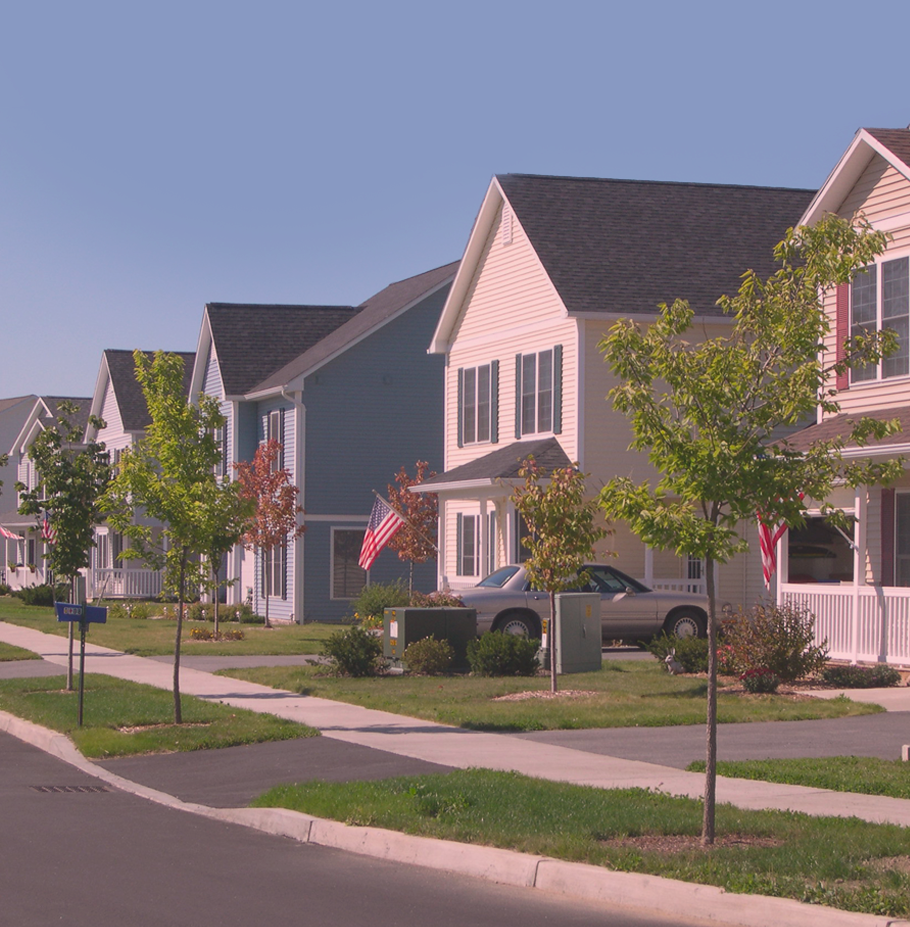RentControlHistory.com – A Comprehensive Pictorial History of Rent Control
CAMBRIDGE, Mass.—Many in Massachusetts might not know that the Prince of Denmark, the Cambridge Mayor and a state superior court judge all obtained rent-controlled apartments. During rent control in Cambridge, from 1970 to 1994, one of the major unintended consequences was affluent residents living in inexpensive rentals. Hundreds of doctors, lawyers, professors and engineers did so. Meanwhile, the low-income residents who most needed controlled rents often couldn’t qualify for them.

Cambridge residents who obtained rent-controlled units included Massachusetts Superior Judicial Court Judge Ruth Abrams (left); Prince Frederik of Denmark, a Harvard graduate student at the time (center); and Cambridge Mayor Kenneth Reeves, who lived in a rent-controlled apartment from his undergraduate Harvard days in the 1970s beyond 1994 (right). Images: Ruth Abrams public mass dot gov; Frederik cc by-sa Wikimedia Aarhus uni; Ken Reeves editorial use spoa.
It’s just one of the interesting aspects of rent control history in Massachusetts illustrated in RentControlHistory.com, an informational and educational website recently published by MassLandlords, Inc.
The website is the first of its kind in that it provides, in one place, a comprehensive overview of rent control’s origins and evolution in Massachusetts. RentControlHistory.com provides illustrative images and brief narratives outlining the trajectory of rent control, exclusionary zoning and other discriminatory policies that have resulted in our current housing crisis.
Rent control policies in Massachusetts – those in place from the 1970s to 1994 – have been analyzed and studied in detail. But until now, there has been no overarching encapsulation of the policy and its ramifications. RentControlHistory.com aims to present a clear and connected series of policies and practices from the past 120 years, leading to our present moment of crisis. The site also seeks to clarify confusion and discrepancies around the state’s housing policies and their effects.
Cambridge, with the most longstanding and the most severe rent control structure, is the subject of most scrutiny. We cite specific studies, including a city-funded study that concluded Cambridge’s rent-control laws were detrimental, having contributed to an uneven municipal tax base, neglected and deteriorating rental properties citywide, unequal access that resulted in high percentages of affluent residents in controlled rentals, and corrupt rent control boards.
Ample economic analysis now exists agreeing with the assessment that rent control is an overall ineffective policy. Yet, despite the piles of evidence, hindsight and statistics showing the harmful effects of rent control, proposals to revisit the practice continue to surface. A proposal by Boston Mayor Michelle Wu asks the state legislature to allow Boston a home rule petition to enact rent control. And a ballot initiative was introduced late in 2023 to ask voters in the 2024 election to weigh in on whether or not to overturn the statewide ban on rent control. The initiative was withdrawn in December.

Policies interpreted and applied by rent control boards in Boston discouraged development of new buildings, improvement of existing buildings and basic upkeep of rental units. The result was too often scenes like this, in Southie. Image: public domain.
Housing Crisis in Retrospect
RentControlHistory.com first reaches back to the turn of the 20th century, when seeds for the housing crisis were first planted with the introduction of zoning laws. The nation’s first zoning laws were written specifically to bar racial minorities (e.g., Chinese, Black people) from owning land in majority white neighborhoods. Those racist zoning policies morphed into classist policies that have continued across the United States and remain in place where they still exacerbate a national housing shortage.
The site goes back beyond 1970 to discuss other attempts at rent control in the state, beginning in 1920. Every time it’s been tried, rent control has failed and been repealed.
The site details how rent control was lucrative, only for those who happened to obtain rent-controlled apartments. That included such Cambridge residents as Superior Court Judge Ruth Abrams, Prince Frederik of Denmark, and Cambridge Mayor Ken Reeves. Everyone else paid the price. Meanwhile, as a result of the stringent policy, landlords had no choice but to hold out for high-quality applicants. Those most in need of controlled rentals couldn’t qualify for them.
RentControlHistory.com uses images of some of the seven thousand of pages we scanned from Cambridge Rent Control Board meetings to illustrate the boards’ misuses of power. Their whims in allowing or disallowing repairs and improvements contributed to an overall decline in rental quality, property value and tax assessments. As a result, the site outlines, all other communities paid more in taxes so that Cambridge could have rent control.
Most dramatically, RentControlHistory.com tells the stories of landlords who had no choice but to leave the housing industry, were forced out, or, in one tragic case, died as a result of bad city policy.

Today, some 75% of residential land in the United States is unfairly zoned for single-family only. Single-family zoning perpetuates the racist preferences of long-dead landowners. It reduces housing availability and raises all housing costs, including rents. Image: cc by-sa flickr NNECAPA Photo Library.
Rent Control Past and Present
RentControlHistory.com has a simple mission: to present the clear and thorough truth of rent control policies in Massachusetts. By doing so, we hope to assist voters in debating and devising informed opinions on this longstanding issue.
RentControlHistory.com was designed, created and funded by MassLandlords, Inc., a statewide association of housing providers dedicated to creating better rental housing for all.
###





Good job! 👍 Clear, concise, visual.